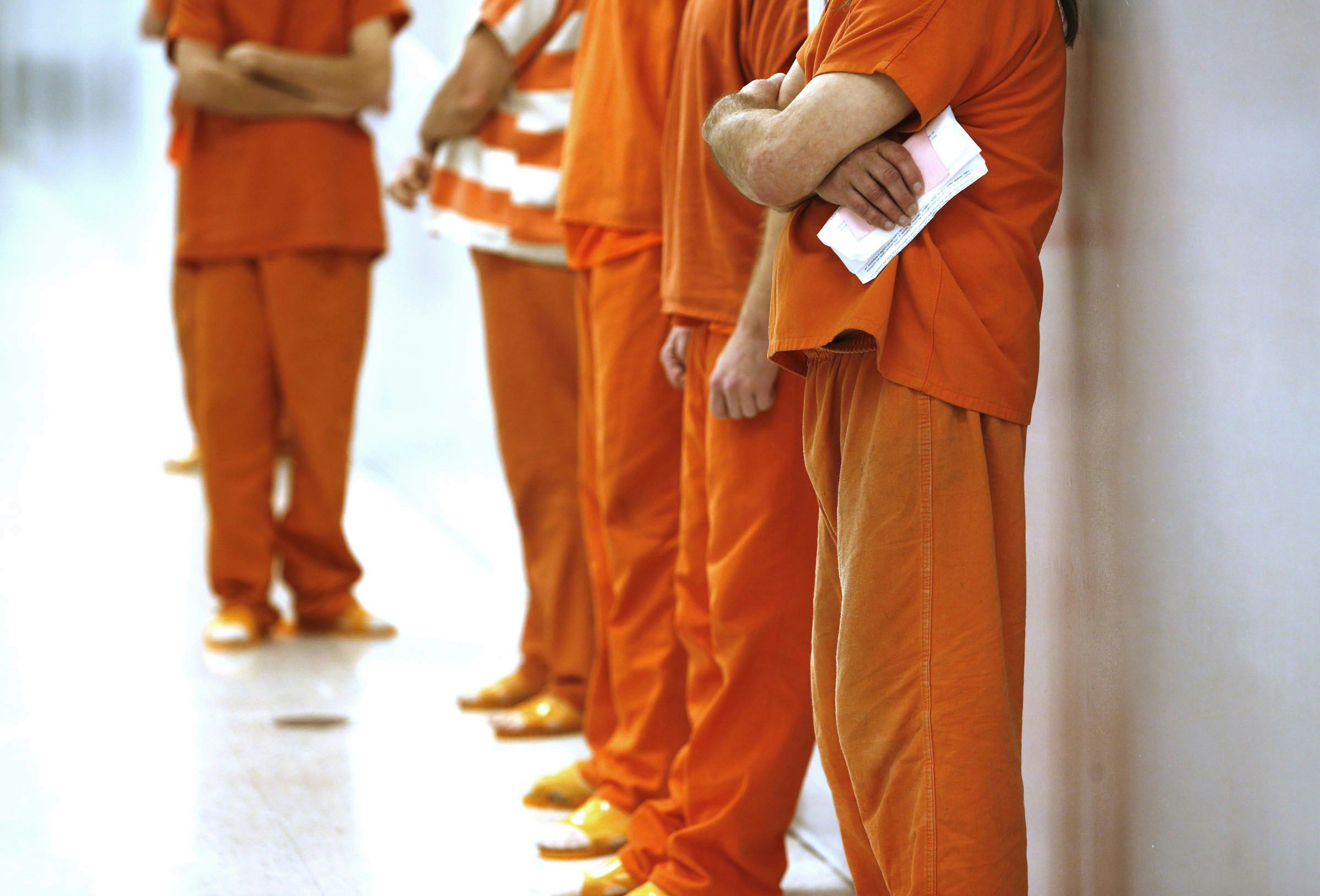Unless otherwise noted, all Oklahoma prison figures cited in this report use data from the Oklahoma Department of Correction; and the Bureau of Justice Statistics, Time Served in State Prison, 2016, (2018), https://www.bjs.gov/content/pub/pdf/tssp16.pdf
Jennifer L. Doleac, “Strategies to Productively Reincorporate the Formerly-Incarcerated into Communities: A Review of the Literature” (June 2018), https://papers.ssrn.com/sol3/papers. cfm?abstract_id=3198112; National Research Council; Growth of Incarceration in the United States: Exploring Causes and Consequences (Washington, D.C.: 2014), https://www.nap.edu/catalog/18613/ the-growth-of-incarceration-in-the-united-states-exploring-causes.
FWD.us and Cornell University, Every Second: The Impact of the Incarceration Crisis on America’s Families, 2018, https://everysecond.fwd.us/downloads/EverySecond.fwd.us.pdf.
Figure 3 compares the length of sentence for Oklahoma’s possession with intent to distribute and distribution offenses with the national median sentence length for drug trafficking, a category that includes, but is not limited to, possession with intent to distribute.
The Pew Charitable Trusts, More Imprisonment Does Not Reduce State Drug Problems (Washington, D.C.: March 2018) http://www.pewtrusts.org/-/media/assets/2018/03/pspp_more_imprisonment_does_ not_reduce_state_drug_problems.pdf.



